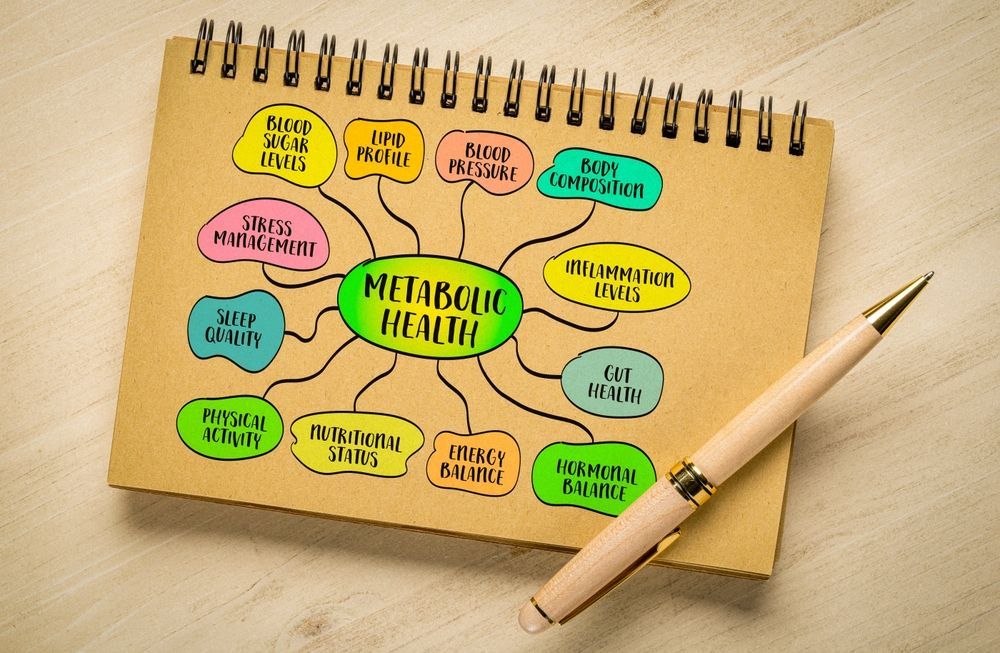How Often Should You Get IV Therapy?

In recent years, intravenous (IV) therapy has gained popularity as a convenient and effective method for delivering essential nutrients and hydration. But how often should one actually undergo this treatment? This article will explore the ins and outs of IV therapy, including its benefits, potential risks, and alternative approaches, to help you determine the right frequency for your needs.
Understanding IV Therapy
What is IV Therapy?
IV therapy involves administering fluids, vitamins, and minerals directly into the bloodstream through a vein. This method ensures that nutrients are delivered quickly and efficiently, allowing for faster absorption than oral supplements. IV therapy is often used in medical settings, but it's increasingly being offered by wellness clinics aiming to boost overall health and wellbeing.
Common substances administered via IV include saline solutions, vitamin complexes, and minerals like magnesium and calcium. Tailored IV drips can address specific health needs, such as hydration after intense exercise, immune support during cold seasons, or recovery assistance after illness. Additionally, some clinics offer specialized formulations designed to enhance energy levels, improve skin health, or even support mental clarity, making IV therapy a versatile option for various wellness goals.
The Science Behind IV Therapy
The science of IV therapy hinges on the body's ability to absorb nutrients. When taken orally, nutrients must pass through the digestive system, where absorption rates can vary significantly due to factors like food intake, digestive health, and metabolic rate. However, with IV therapy, nutrients enter the bloodstream directly, bypassing the digestive process entirely.
This method provides the body with a more immediate supply of essential substances, making IV therapy an effective solution for rehydration and nutrient replenishment, especially in urgent situations or for individuals with compromised digestive systems. Furthermore, the precision of IV therapy allows healthcare professionals to monitor the exact dosage and composition of the fluids being administered, which can be crucial for patients with specific medical conditions or those undergoing treatments like chemotherapy. The ability to customize IV drips not only enhances their efficacy but also opens up new avenues for preventative health care, allowing individuals to proactively manage their wellness in an increasingly health-conscious society.
Determining the Frequency of IV Therapy
Factors Influencing IV Therapy Frequency
Determining how often you should get IV therapy depends on various factors, including your overall health, lifestyle, and specific health goals. Individuals who engage in rigorous physical activity, experience chronic fatigue, or undergo high levels of stress may benefit from more frequent treatments.
Additionally, underlying medical conditions—such as gastrointestinal disorders—and environmental factors—like exposure to pollutants or allergens—can also influence the need for regular IV sessions. It’s important to assess your personal health and consult with a healthcare provider to develop an appropriate schedule.
Personalizing Your IV Therapy Schedule
Consultation with a healthcare professional is essential for personalizing your IV therapy regimen. They can review your health history, lifestyle, and specific requirements to recommend a suitable frequency for your treatments.
For many, receiving IV therapy once a month may suffice for general health maintenance. However, athletes or individuals recovering from illness might require weekly or even bi-weekly sessions to maintain optimum performance and recovery. Open communication with your healthcare provider will help ensure your treatment plan is both effective and safe.
Benefits of Regular IV Therapy
Physical Health Benefits
Regular IV therapy can yield numerous physical health benefits. By delivering targeted nutrients directly to the bloodstream, individuals may experience improved hydration levels, enhanced energy, and increased recovery speeds after physical exertion. Furthermore, specific formulations can support immune function, helping to ward off illnesses.
Commonly reported benefits include reduced muscle soreness, improved skin health, and even faster healing from injuries. These advantages make IV therapy an appealing choice for those looking to maintain or enhance their physical wellbeing.
Mental Health Benefits
The benefits of IV therapy are not limited to just physical health. Many individuals report improved mental clarity and reduced fatigue following treatments. Certain vitamin infusions, especially those rich in B vitamins and magnesium, can positively impact mood and cognitive function.
Moreover, regular IV therapy can offer a comforting routine that fosters relaxation, thereby providing mental health benefits through stress reduction. The holistic approach to wellness that IV therapy promotes can contribute significantly to one's overall emotional wellbeing.
Potential Risks of Frequent IV Therapy
Side Effects to Consider
While IV therapy can offer numerous benefits, it is not without potential risks. Side effects can include bruising at the injection site, infection, and allergic reactions to the administered substances. Additionally, individuals with specific medical conditions should exercise caution, as certain vitamins and minerals may lead to complications when delivered intravenously.
Regular communication with your healthcare provider about any adverse effects and ensuring that treatments are administered in a sterile environment can help mitigate these risks.
When IV Therapy Becomes Too Much
Frequent IV therapy can lead to an over-reliance on external nutrient sources, which could eventually impair the body's ability to absorb nutrients naturally from food. It's vital to monitor your body's response to treatments and reassess the frequency as needed.
Listening to your body, alongside professional guidance, is key to avoiding potential pitfalls associated with overusing IV therapy. Ensuring a balanced approach toward health and wellness is essential in achieving long-term benefits.
Alternatives to Regular IV Therapy
Oral Supplements and Hydration
For individuals who may not require the intensity of IV therapy, there are effective alternatives. Oral supplements can provide a viable option for adding essential nutrients to your diet. Quality vitamins and minerals can be absorbed effectively through your digestive system, especially when taken with food.
In addition, staying well-hydrated by drinking plenty of water and consuming hydrating foods, such as fruits and vegetables, can significantly contribute to overall health without the need for frequent IV treatments.
Lifestyle Changes for Health Improvement
Making lifestyle adjustments can also be an effective way to improve health without relying heavily on IV therapy. Regular exercise, a balanced diet rich in whole foods, and sufficient sleep can enhance your body’s natural nutrient absorption and overall resilience.
Incorporating stress management techniques, such as mindfulness or yoga, can further complement these efforts and promote a holistic approach to health and wellbeing.
Ultimately, whether or not to pursue IV therapy—and how often to partake in it—should be a well-considered decision based on personal health goals, lifestyle, and professional recommendation. Understanding the nuances of IV therapy is crucial for making informed choices about your health.










